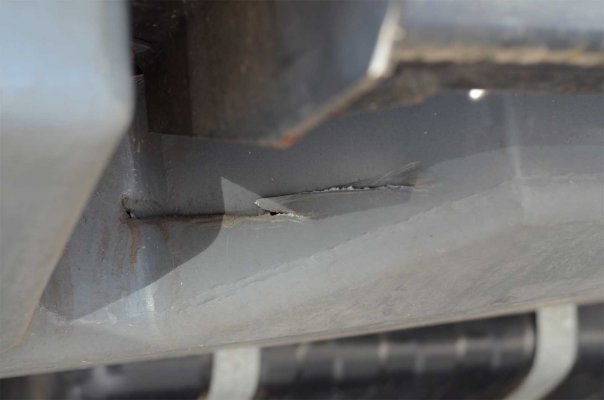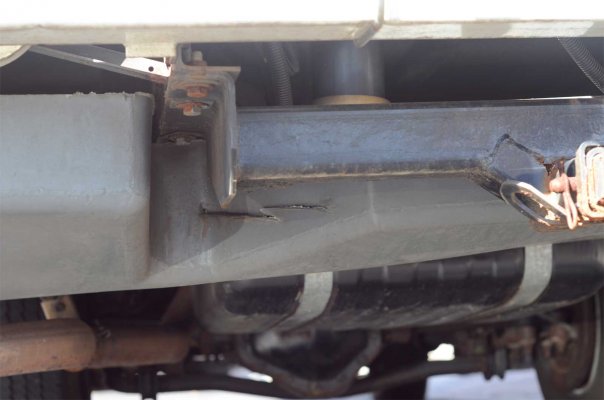stormbytes
Well-known member
I've got a '94 Winnebago Warrior on a Chevy chasis and just found an 8" gash in the black water holding tank. Its a horizontal gash on the side of the tank, and the area is virtually inaccessible! I can't imagine how they managed that, but anyways... I called Winnie and as most of you probably know, I'd need to take out a mortgage to get that tank replaced, not to mention the time frame involved.
The best solution I've come across so far is plastic welding. It would work, but its time consuming and might involve having to take the tank down and possibly crate/ship it to the welder. I came across a repair kit by Versachem, it's called the "Holding Tank Repair Kit" and the guy who sells it says he's used it a number of times without a hitch.
Thought I'd get a second opinion before deciding which way to go. If this is a viable option I'd love to go with it for the economy and do-it-yourself factor.
This is a 38-gal plastic tank
The best solution I've come across so far is plastic welding. It would work, but its time consuming and might involve having to take the tank down and possibly crate/ship it to the welder. I came across a repair kit by Versachem, it's called the "Holding Tank Repair Kit" and the guy who sells it says he's used it a number of times without a hitch.
Thought I'd get a second opinion before deciding which way to go. If this is a viable option I'd love to go with it for the economy and do-it-yourself factor.
This is a 38-gal plastic tank


